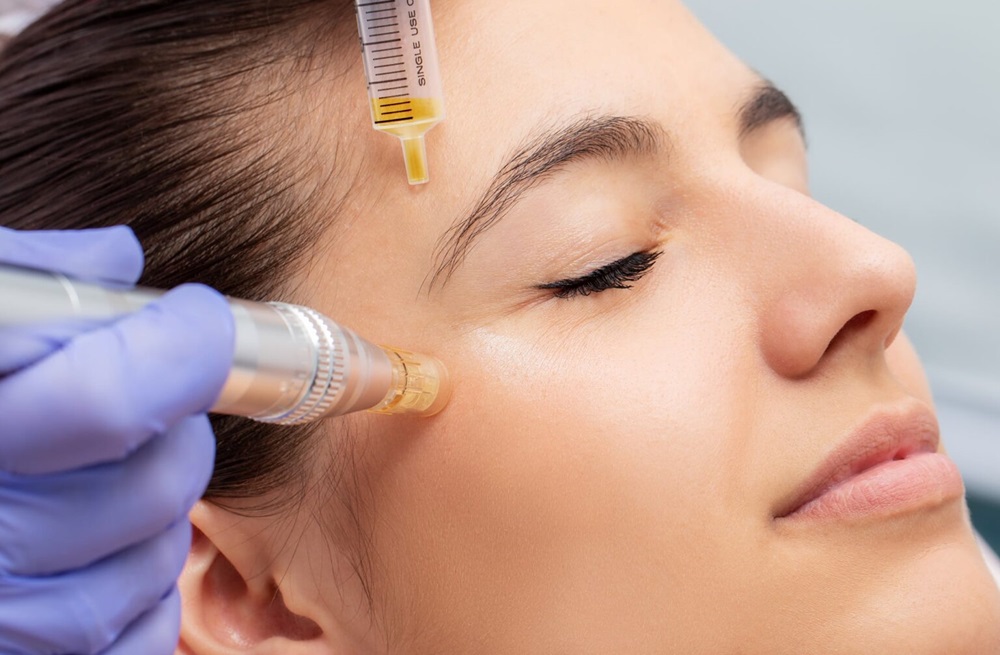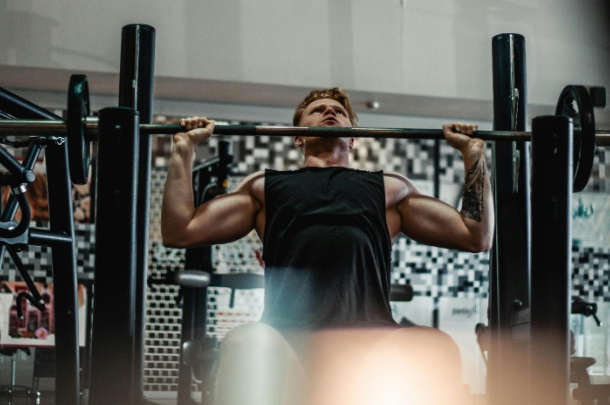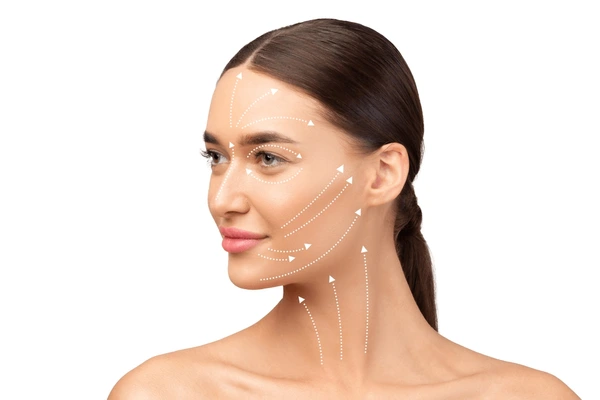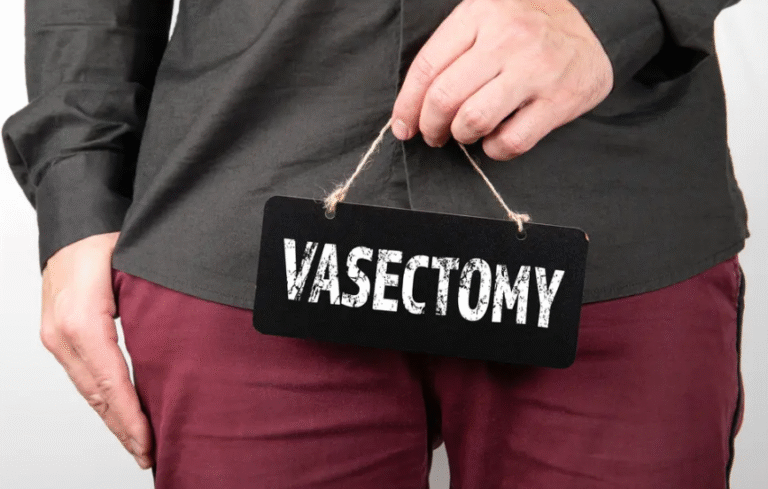
Ageing is natural, but the quest to look younger has been a timeless endeavour. With advances in science and technology, numerous anti-ageing treatments have emerged, each promising to turn back the clock.
However, not all treatments deliver on their promises. This article explores various anti-ageing treatments, and their effectiveness, and highlights the benefits of PRP skin treatment.
Topical Treatments
Retinoids
Retinoids, derived from vitamin A, are widely acclaimed for their anti-ageing properties. These compounds work by promoting cell turnover and collagen production. Retinoids can significantly reduce fine lines and wrinkles, improve skin texture, and fade age spots. However, they can cause irritation and dryness, particularly for sensitive skin.
Peptides
Peptides are short chains of amino acids that signal the skin to produce more collagen. They are found in many anti-ageing creams and serums. Peptides can help firm the skin and reduce the appearance of wrinkles. The syn ake peptide is a synthetic compound that mimics snake venom to help relax facial muscles and smooth expression lines, offering a Botox-like effect without injections.Though generally well-tolerated, their effectiveness can vary from person to person.
Antioxidants
Antioxidants like vitamin C, vitamin E, and coenzyme Q10 combat oxidative stress, which contributes to ageing. These ingredients protect the skin from free radicals, helping to maintain a youthful appearance. Regular use can brighten the skin and improve overall texture. However, the concentration and formulation are crucial for their efficacy.
Minimally Invasive Procedures
Microneedling
Microneedling involves creating tiny punctures in the skin using fine needles. This process stimulates collagen and elastin production, leading to improved skin texture and reduced wrinkles. It is effective for most skin types and has minimal downtime. While results are generally positive, multiple sessions are often required for optimal outcomes.
Chemical Peels
Chemical peels use acids to exfoliate the top layers of the skin, promoting new skin growth. They can range from mild to deep peels. Mild peels offer subtle improvements with little downtime, while deeper peels provide more dramatic results but require more extended recovery periods. Chemical peels can effectively reduce age spots, fine lines, and improve skin texture.
Laser Resurfacing
Laser resurfacing uses concentrated light beams to remove damaged skin layers and stimulate new collagen growth. This treatment can effectively reduce wrinkles, scars, and hyperpigmentation. There are different types of lasers, each with varying intensity and recovery times. While highly effective, laser resurfacing can be costly and requires careful post-treatment care.
Injectable Treatments
Botox
Botox is a well-known injectable treatment that temporarily paralyses facial muscles, reducing the appearance of wrinkles. It is particularly effective for dynamic wrinkles, such as frown lines and crow’s feet. The effects last for about three to six months, requiring regular maintenance. While Botox is generally safe, it can cause temporary bruising and swelling.
Dermal Fillers
Dermal fillers are substances injected beneath the skin to restore lost volume and smooth out wrinkles. Common fillers include hyaluronic acid, calcium hydroxylapatite, and poly-L-lactic acid. Fillers can provide immediate results, making the skin look plumper and more youthful. However, they are not permanent and need periodic touch-ups.
PRP Skin Treatment – A Natural Approach
What is PRP?
Platelet-Rich Plasma (PRP) treatment uses a patient’s own blood, which is processed to concentrate the platelets. These platelets contain growth factors that stimulate healing and rejuvenation when injected into the skin.
How it Works
PRP treatment involves drawing a small amount of blood, which is then centrifuged to separate the platelets from other blood components. The concentrated platelets are injected into areas of the skin that need rejuvenation. PRP promotes collagen production, improves skin texture, and enhances overall skin tone.
Benefits of PRP
PRP is a natural treatment that uses the patient’s own blood and has minimal risk of allergic reactions. It is effective in reducing fine lines and wrinkles and improving skin elasticity. The treatment has minimal downtime, with most people resuming normal activities shortly after the procedure. Results are gradual, with optimal effects typically seen after several weeks.
PRP treatment is versatile and can be combined with other cosmetic procedures for enhanced results. For instance, pairing PRP with laser treatments can amplify the rejuvenating effects, leading to more significant improvements in skin texture and appearance. This synergy makes PRP an attractive option for those looking to maximise the benefits of their anti-ageing regimen.
What Doesn’t Work
Topical Collagen
While collagen is essential for youthful skin, applying it topically has minimal impact. Collagen molecules are too large to penetrate the skin effectively. Instead, treatments that stimulate the body’s own collagen production are more effective.
Over-the-Counter Supplements
Many supplements claim to have anti-ageing benefits, but their effectiveness is often questionable. The skin’s ageing process is complex, and topical or procedural treatments are generally more effective than supplements.
Ultimately, the most effective anti-ageing strategy is a combination of treatments tailored to individual skin types and concerns. Consulting with a skincare professional can provide personalised insights, ensuring the chosen treatments align with long-term skincare goals. Embracing the advancements in anti-ageing treatments while maintaining realistic expectations allows for a balanced approach to achieving and maintaining youthful, radiant skin.







